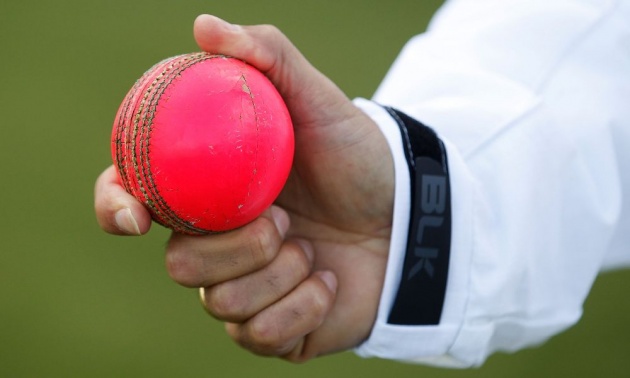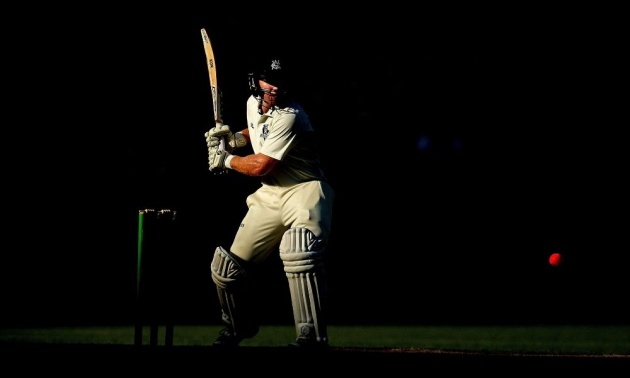
It was Bill Clinton who said, “the price of doing the same old thing is far higher than the price of change”. For a game which is considered by many to be quite conservative, cricket has been positively entrepreneurial in the way that it has changed over the past 40 years.
When I was growing up, Test cr
The game had become moribund and was in dire need of an injection of energy and excitement at a time when the broader community was going through great change and upheaval.
The intervention of Kerry Packer and World Series Cricket in the late 1970s dragged the game kicking and screaming into the 20th century, with the introduction of the white ball, coloured clothes, black sight screens for limited over games and multiple cameras from all angles for its coverage. The players loved it and so did the paying public.
Cricket took off on an exhilarating journey on the back of colour television, catchy promotions and an exciting brand of cricket played by the best players of the era. Not everybody embraced the change though. Traditionalists were up in arms that Packer, the devil incarnate to some, had hijacked their game and was, seemingly, intent on destroying its heritage.
The worst predictions did not come to pass and the game went from strength to strength. Players were able to adapt to the demands of the new era and developed new skills to not only cope but prosper. Batsmen who had previously been considered pedestrian at the crease upped their run rate, and before too long this new way of playing the game was transferred to Test cricket.
icket was played in cream clothing and in daylight hours, and watching on a black and white television set with cameras at just one end was the only option if you weren’t at the ground and wanted to follow the match.
Test cricket enjoyed a rise in popularity as the new audience stayed on to watch the longer format which still maintained a dominant position on top of the cricket totem pole.
This began to change in the 1990s when administrators around the world preferred the cash-cow 50-over game over the less racy brand which precipitated the decline in public interest for the longer format.
At the start of the new century, 20-over cricket became the new kid on the block and began to demand its place in the sun – or under the moon. All over the world, new domestic series of the T20 format sprang up and began to squeeze the other formats for time and space.
Two other things combined to put more pressure on Test cricket. Many nations were finding it harder to afford the development programs while players from the poorer nations were opting to board the T20 train rather than play the longest form of the game for their country.
Test cricket was in danger of becoming a part-time player in the future.

Cricket Australia’s chief executive, James Sutherland, has been a leading proponent of day-night Test cricket for some time. The biggest challenge he has faced is that the white ball was not able to survive the rigours of 50 overs, let alone the need to get through a minimum of 85 overs in a Test innings.
Plenty of research and development, time and money have been spent by ball manufacturers on trying to develop a coloured ball, other than white, that could replicate the characteristics of the red ball.
The biggest issue is that leather, when tanned, comes out as a dull grey colour. Tanned leather takes the red dye well and becomes red, so when the shine goes off the ball, it is still red and is still easily seen.
A light lacquer is all that is required on the red ball to be shiny to start with and, by the application of some perspiration or saliva and a hefty dose of elbow grease, one side can be maintained in good condition in most environments to gain natural swing. With some specialist management, which includes keeping the ball as dry as possible, it can be maintained to create reverse swing as the ball loses its natural swing tendencies.
The problem with white and most other colours other than red is that the leather does not accept the colour and remains grey underneath. As the colour gets abraded by the pitch surface, it is removed and the ball becomes grey again. Depending on the type of pitch surface, the grey then begins to take on the colour of the surface and becomes harder to see.
While the red ball is always contrasted against the surface, no matter its colour, the batsman is able to pick up the length of deliveries more easily than when the ball starts to adopt the colour of the surface. This problem is exacerbated under lights.
With the research that has been done, it is believed that the pink ball is as close as one can get to the characteristics of the red ball and still be easily seen in daylight and at night under lights.
No doubt the change of playing conditions from day to night will create some challenges for the players, but they will have to keep adapting as players have had to do since the introduction of day-night cricket.
Only time will tell, but the envelope has to be pushed if Test cricket is to maintain its position as the preeminent format of the game well into this century when faced with the challenges of modern society and from other entertainment forms.
Unless I am a poor judge, I believe the people of my old home town will throng to the Adelaide Oval in their droves for the first official day-night Test next week.
In this time-poor era, people do not have the luxury of taking time off from work to go to one day let alone multiple days of Test cricket. It is imperative that the game acknowledges this and make itself more accessible to people at the match and on television.
No doubt there will be many traditionalists who will decry the move as being “just not cricket”, but if the game does not adjust to the needs of the paying public, the price of not doing so will be a hefty one indeed.



